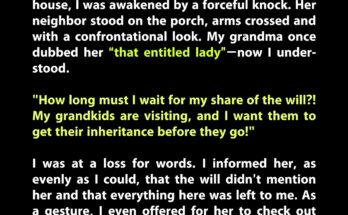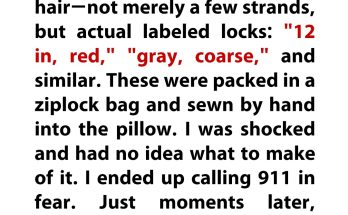Allie had buried her husband Charles nearly two decades ago. Or so she believed. The grief was raw, the funeral swift, the casket closed. His mother, Diane, had handled everything—cremation, arrangements, silence. Allie never saw the body. She was 23, broken, and holding a newborn daughter, Susie.
Years passed. Allie rebuilt her life in quiet fragments. Susie grew into a kind, curious girl with her father’s eyes and a cautious smile. She asked gentle questions about the man she never knew, and Allie offered faded memories—dad jokes, off-key singing, a boyish grin.
Then one night, Allie heard Susie whisper into the landline: “I miss you too, Dad.” The words shattered her world. Confronting Susie led to a letter—written by Charles. He was alive. He had disappeared with Diane’s help, claiming fear and unpreparedness. He’d watched Susie grow from afar, sending a message only when he felt ready.
Susie had found him online. She saw her own eyes in his photos. She needed answers. Allie, torn between betrayal and maternal instinct, agreed to meet Charles.

At a coffee shop, Allie faced the man she had mourned. He was older, hollowed by regret. She demanded truth. Charles confessed: Diane orchestrated the lie to protect her political career. He was complicit, weak, and afraid. But he had wanted to return. He just never did.
Allie didn’t forgive him. Not yet. But she listened—for Susie’s sake. Because sometimes, the dead aren’t buried in the ground. They’re buried in silence, in secrets, in the spaces between what we know and what we’re brave enough to uncover.


